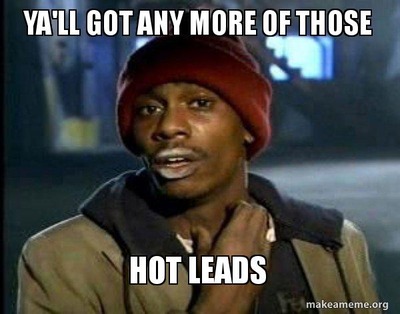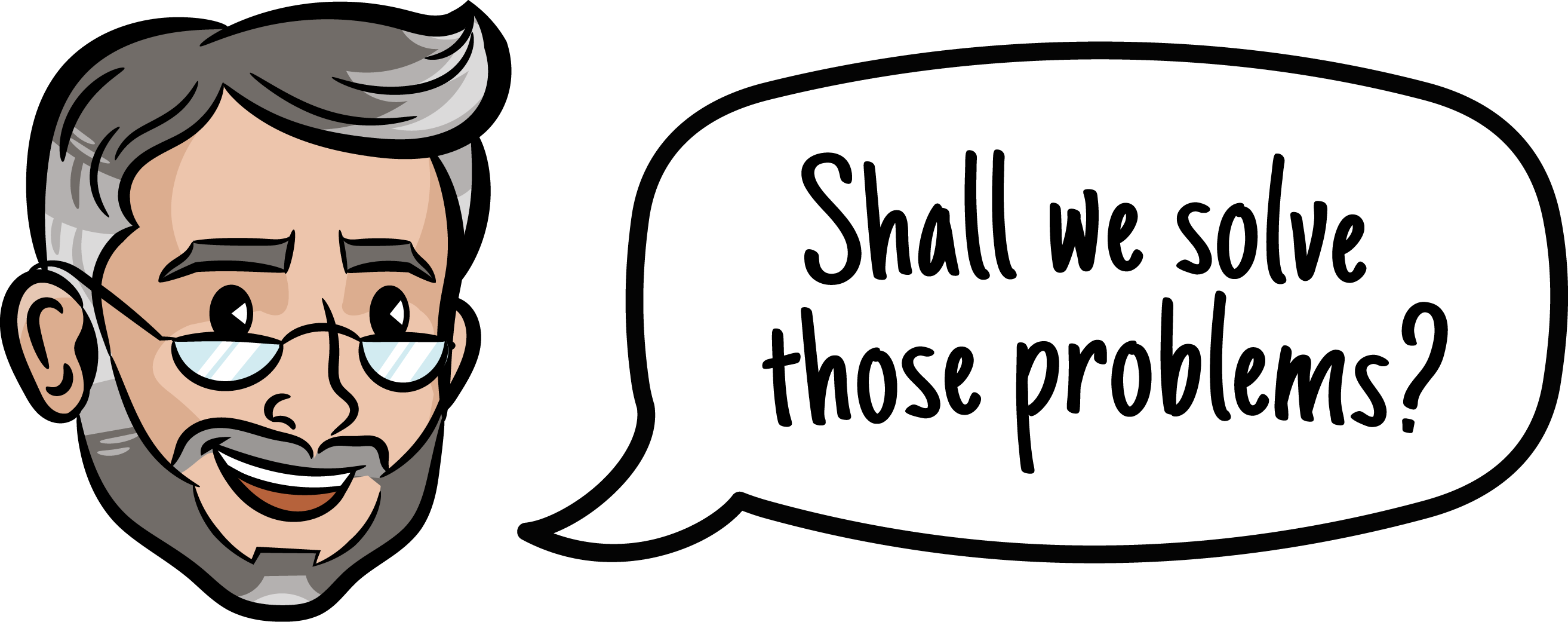In B2B marketing, driving leads through a structured funnel is essential for successful customer acquisition and retention. The B2B marketing funnel helps businesses nurture prospects, build relationships, and ultimately convert leads into clients. By understanding how these funnels work and how to optimize them, businesses can improve their marketing efforts, increase conversions, and achieve a higher return on investment (ROI).
This guide provides a comprehensive look at B2B marketing funnels, offering insights into navigating the funnel, strategies for building effective funnels, and ways to measure success.
Comprehensive Guide to B2B Marketing Funnels
A B2B marketing funnel is a step-by-step framework that illustrates the buyer’s journey, from initial awareness to final decision. It represents how potential clients move through various stages of engagement, allowing marketers to tailor their strategies at each stage to maximize conversions. Learn how the Sales Funnel Professor can help you with your ABM funnel.
B2B funnels typically have longer sales cycles compared to B2C funnels. In a B2B context, multiple decision-makers, higher-value transactions, and more complex solutions are involved. This requires a more in-depth approach to lead nurturing and sales engagement.
One challenge that B2B marketers often face is dealing with the Gatekeeper—an individual who manages access to key decision-makers. Successfully engaging with gatekeepers is crucial for advancing leads through the funnel, as they play a significant role in the evaluation and approval process. Tailoring messaging to address their concerns and build trust can ensure smoother access to decision-makers.
The funnel is broken down into several stages:

- Awareness: Potential clients become aware of your brand, typically through content marketing, SEO, or paid ads.
- Interest: Leads begin to explore your services or products, engaging with content like blog posts, webinars, or whitepapers.
- Consideration: Prospects compare your offerings with competitors, often requesting demos, trials, or consultations.
- Intent: Leads show interest in purchasing and seek more detailed information, like pricing or contract terms.
- Evaluation: The final decision-makers assess your solution in-depth, often involving multiple stakeholders.
- Decision: The prospect becomes a client, making the final purchase or signing a contract.
Each stage requires different marketing approaches to guide prospects toward conversion. By mastering these stages, businesses can create more efficient, targeted marketing campaigns that drive results.
Navigating B2B Marketing Funnels
Navigating B2B marketing funnels requires an understanding of both the customer journey and how your marketing efforts align with that journey. As prospects move through each stage, they will have different needs and concerns that need to be addressed.
At the top of the funnel, prospects are in the awareness stage. Here, your goal is to attract a broad audience and generate interest. Content that educates or highlights industry trends can be highly effective at this stage. As prospects move into the interest and consideration phases, your messaging should become more specific, offering solutions to their pain points.
In the intent and evaluation stages, prospects are closer to making a decision. Your focus should be on building trust and demonstrating value. Product demos, case studies, and personalized proposals are key tools at this point.
The transition between each stage should be seamless, with content and marketing efforts designed to move leads naturally from one step to the next. Use tools like email marketing, retargeting ads, and CRM software to automate some of these processes, ensuring leads remain engaged throughout the funnel.
Essential Strategies for Effective B2B Marketing Funnels
To make B2B marketing funnels effective, you need to implement specific strategies at each stage. The key is to provide relevant content that aligns with the needs of prospects as they move through the funnel.
Content Mapping: Plan out the types of content you’ll offer at each stage of the funnel. Early-stage content should focus on generating awareness and educating prospects, while mid-stage content should provide more in-depth insights into your solutions. By the time prospects reach the decision stage, you should be offering highly personalized content like pricing guides and ROI calculators.

- Lead Nurturing: Many B2B leads take time to convert. Lead nurturing through automated email campaigns, personalized follow-ups, and targeted content is critical. By regularly engaging with leads, you can build trust and move them through the funnel.
- Personalization: Use data to personalize your content and messaging for each lead. Segment your audience based on industry, company size, or buyer behavior, and tailor your outreach to their specific needs.
- Sales and Marketing Alignment: Ensure that your sales and marketing teams are working together. Marketing should generate and qualify leads, while sales should focus on closing deals. A strong collaboration between both departments ensures a smooth transition from marketing-qualified leads (MQLs) to sales-qualified leads (SQLs).
Multi-Channel Marketing: Today’s B2B buyers engage with brands across multiple channels. Leverage email, social media, webinars, and retargeting ads to create a multi-channel experience. This helps ensure you’re reaching prospects at different touchpoints, keeping your brand top-of-mind.
Building a Funnel That Aligns with Your Goals
To build an effective B2B marketing funnel, it’s essential to align the funnel stages with your overall business goals. Your marketing funnel should not exist in isolation—it should be a key driver of your revenue and growth objectives.
This is where having a funnel builder can make all the difference. A skilled funnel builder doesn’t just create a flowchart of stages but ensures each stage is strategically designed to capture, nurture, and convert the right prospects. By selecting the right lead generation tactics, optimizing content for engagement, and structuring conversion pathways effectively, a funnel builder helps businesses build revenue-generating systems instead of just pipelines full of stagnant leads.
Start by clearly defining your goals. Are you looking to increase lead generation, close more deals, or improve customer retention? Your funnel should be built to support these specific objectives. For example, if lead generation is your primary goal, focus on top-of-funnel strategies like content marketing, SEO, and paid advertising. If you’re looking to close more deals, focus on bottom-of-funnel tactics like personalized demos and free trials.
Next, tailor the content and tactics at each stage of the funnel to match your goals. Make sure you’re tracking key metrics, such as lead progression and conversion rates, to ensure that the funnel is driving results.
It’s also important to regularly assess the effectiveness of your funnel. Are leads moving through the stages as expected? Are certain stages causing bottlenecks? By continuously monitoring and refining your funnel, you can ensure it’s delivering results aligned with your business goals.
Measuring Funnel Success and ROI
To gauge the success of your B2B marketing funnels, it’s crucial to measure performance at every stage. This not only helps you identify areas for improvement but also ensures that your marketing efforts are delivering a solid return on investment (ROI).
Key metrics to track include:
- Conversion Rates: Measure the percentage of leads that move from one stage of the funnel to the next. This helps you identify which stages may need improvement.
- Lead Velocity: This metric tracks the speed at which leads move through the funnel. Faster progression typically indicates a well-functioning funnel.
- Cost Per Lead (CPL): Track how much you’re spending to acquire new leads. A high CPL could indicate that you need to optimize your top-of-funnel strategies.
- Customer Acquisition Cost (CAC): Calculate how much it costs to acquire a new customer. Compare this to the lifetime value of a customer (LTV) to determine your overall ROI.
- Sales Cycle Length: Monitor the average time it takes for a lead to progress from awareness to decision. If your sales cycle is too long, it may be worth re-evaluating your funnel tactics.
Analyzing these metrics allows you to refine your funnel, improve lead nurturing efforts, and boost overall ROI. By understanding where leads are getting stuck or dropping off, you can adjust your marketing strategies to keep them moving forward.
Conclusion
A thorough guide to B2B marketing funnels provides the foundation for building effective marketing strategies that drive real results. By understanding the stages of the funnel, implementing key strategies, and aligning the funnel with your business goals, you can create a streamlined approach to nurturing leads and converting them into loyal clients.
For businesses seeking a deeper dive into funnel-building strategies, the Sales Funnel Professor offers a comprehensive Sales Funnel Course. This course provides practical training on how each stage of the B2B funnel works and how to optimize your approach to achieve maximum returns.
By following a comprehensive approach and continuously refining your funnel, you can enhance your marketing outcomes, achieve measurable ROI, and drive sustainable business growth. Find out how a Sales Funnel Consultant can help you with your Funnel.
Useful Posts: To Founder Brand or Not to Founder Brand…That Is the Question, Optimizing B2B Marketing Funnel Stages for Peak Revenue Conversion and Cross Branding Kills CRO: What You Should Know


